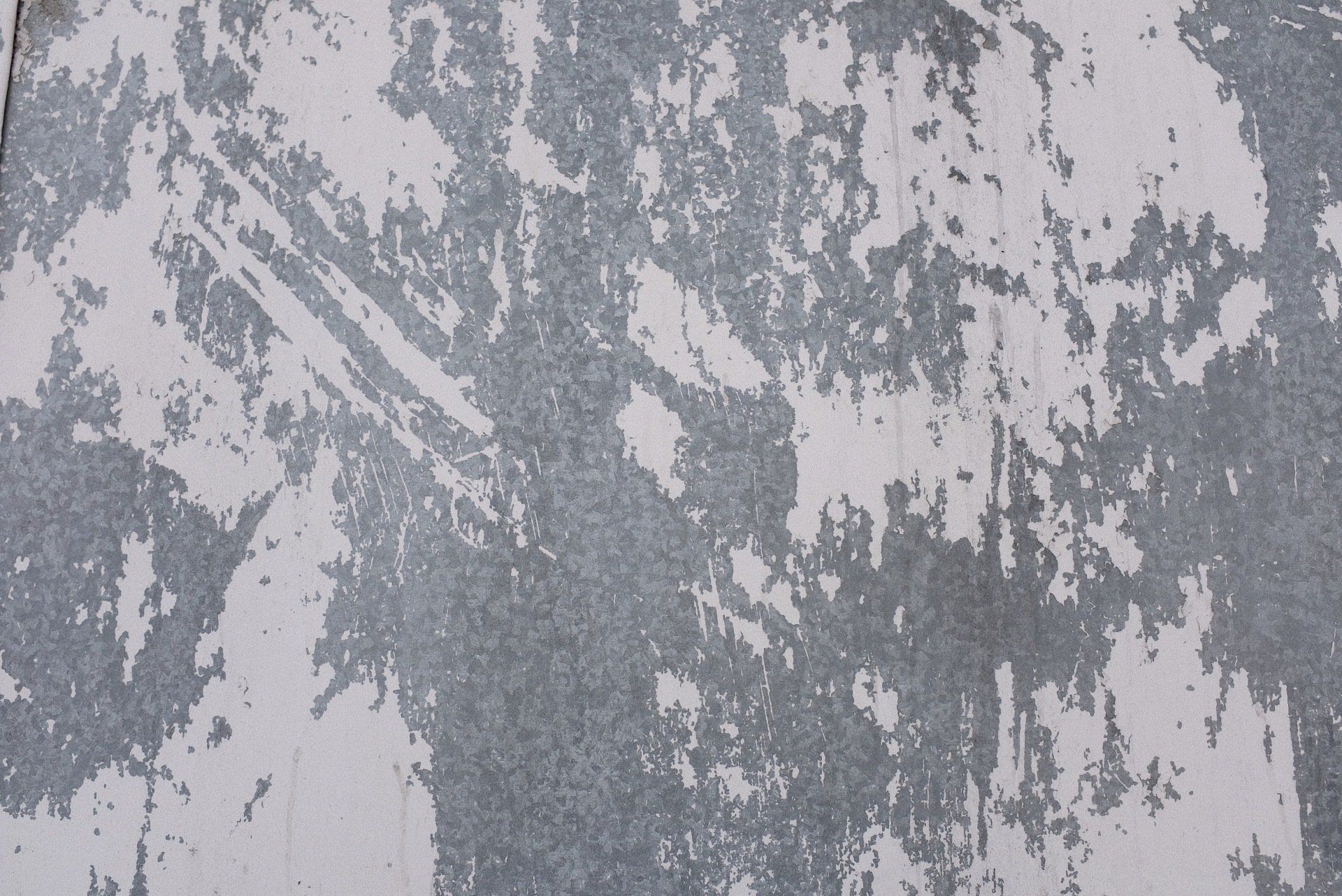Your Trusted and Reliable Painting Service in Grande Prairie, AB
Your Trusted and Reliable Painting Service in Grande Prairie, AB
How Lighting Affects Paint Color and Why it Matters
How Lighting Affects Paint Color and Why it Matters
The idea of painting your walls is an excellent option to revitalize the atmosphere of your home; however, selecting the right color for your walls can be a challenge.
Understanding how lighting influences paint color is a good way to make sure that you get a pleasing result.
One of the things that you must consider when selecting your next paint color is how the appearance will change as the lighting in the space changes.
This is what we mean. What do you think? Have you ever put on socks only to find later, under different lighting conditions, that the socks you put on are actually two different hues? The scientific term for the phenomenon we're talking about refers to "illuminant metamerism." It simply means that colors could appear in different shades in different lighting. This is a crucial aspect since, for example, the new, cool shade you've been eyeing at the paint store may not look as good as you'd expect for your dining room walls. Perhaps it's gorgeous in the dining room but is a bit too much "pop" in the family room. Tricky, right?
Illuminant metamerism might not be the most significant thing on the planet in the world of socks; however, when it comes down to painting the interior of your house, it matters significantly!
Colors may change during the day as lighting conditions shift from morning to evening. Understanding how light affects paint color prior to making the decision to buy gallons of paint could aid you in selecting your color carefully.
How Sunlight Affects Paint Colors?
Natural light that reaches your windows is the most accurate color representation, whether for better or for worse. This is the reason why colors can be different in your home than they would under fluorescent light bulbs from the store.
When selecting paint colors, be aware of the size and quantity of windows as well as the direction they are placed:
- Windows facing the south usually provide the brightest sunlight and can be harsh during hot summer days. Whites and pale colors may appear dull or faded, while darker hues may appear more vibrant.
- Rooms with windows that face north receive indirect sunlight, illuminating the room with a soft, warm hue that is more constant throughout the daytime. The darker colors tend to appear darker, while light colors might appear slightly soft. (Note that if you're in the southern region of our hemisphere, the opposite is the case: Windows in the north offer more light while south windows give indirect natural light.)
- Windows facing east can provide your home with plenty of light during the mornings but tend to be darker in the afternoon. Dark hues appear intense in the bright morning light but can appear dull as the sun's rays fade.
- Rooms facing west, which are darker in the morning, are bathed in rich golden or yellow hues in the afternoon. The yellow or red hues can appear excessive on bright, sunny days.
- Every house has unique lighting patterns, which alter the colors of the interiors. Other things to consider include the climate you reside in, as well as the seasonal fluctuations in light. In the ideal scenario, colors must be appealing to you in various lighting conditions. Another factor to take into consideration is the location of your home. The further you move to the north, the bluer the light gets, which is why longer wavelengths are more common. Certain paint experts believe this could alter the way colors appear. They believe that light is more reddish in the south and with shorter wavelengths. Some off whites, such as Kilim Beige, SW 60106, really notice this. They may be able to reflect the light of the green onto the trees or reflect light from the red stain on the deck, altering it, much like an eagle!


Let us Contact you!
Painters Grande Prairie Quote
We will get back to you as soon as possible.
Please try again later.


